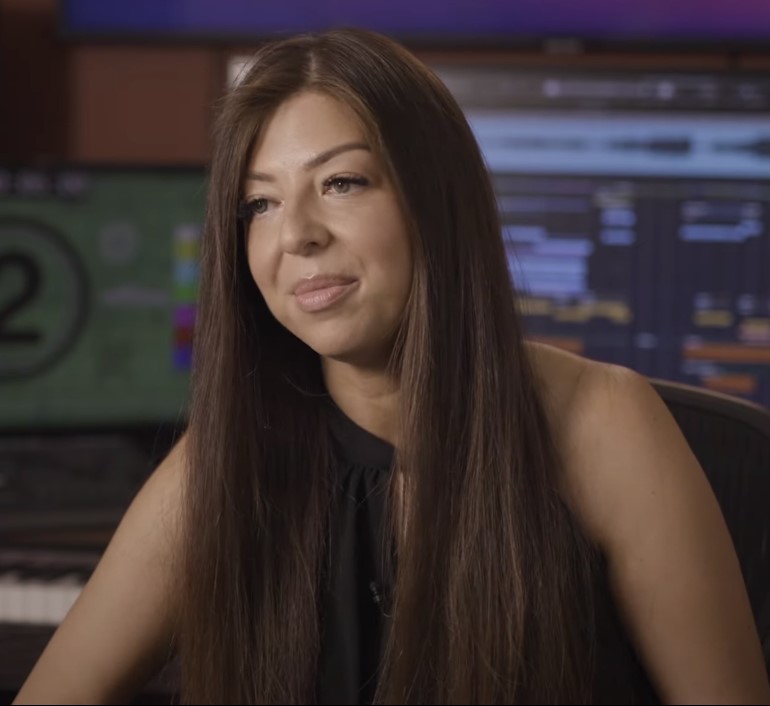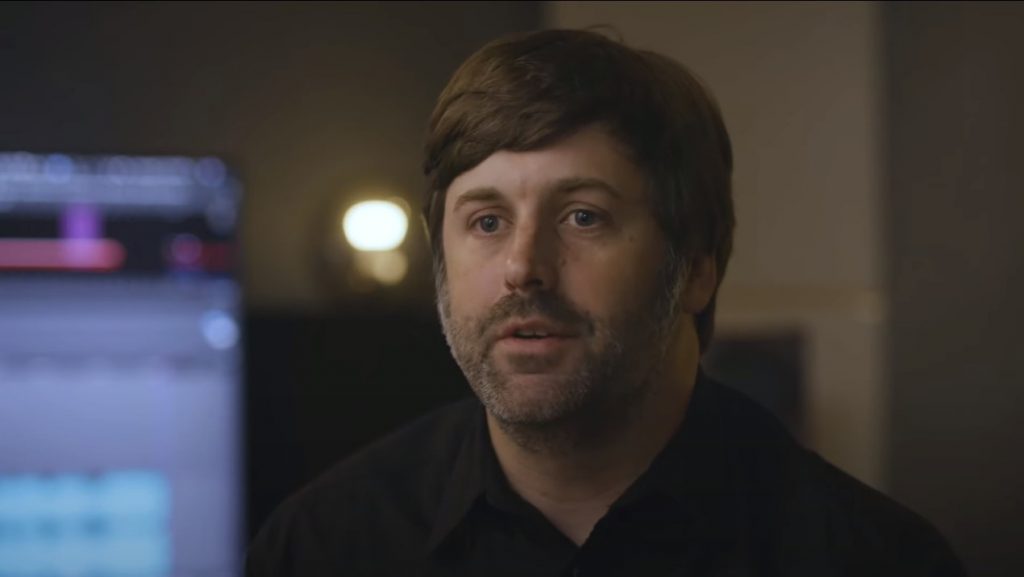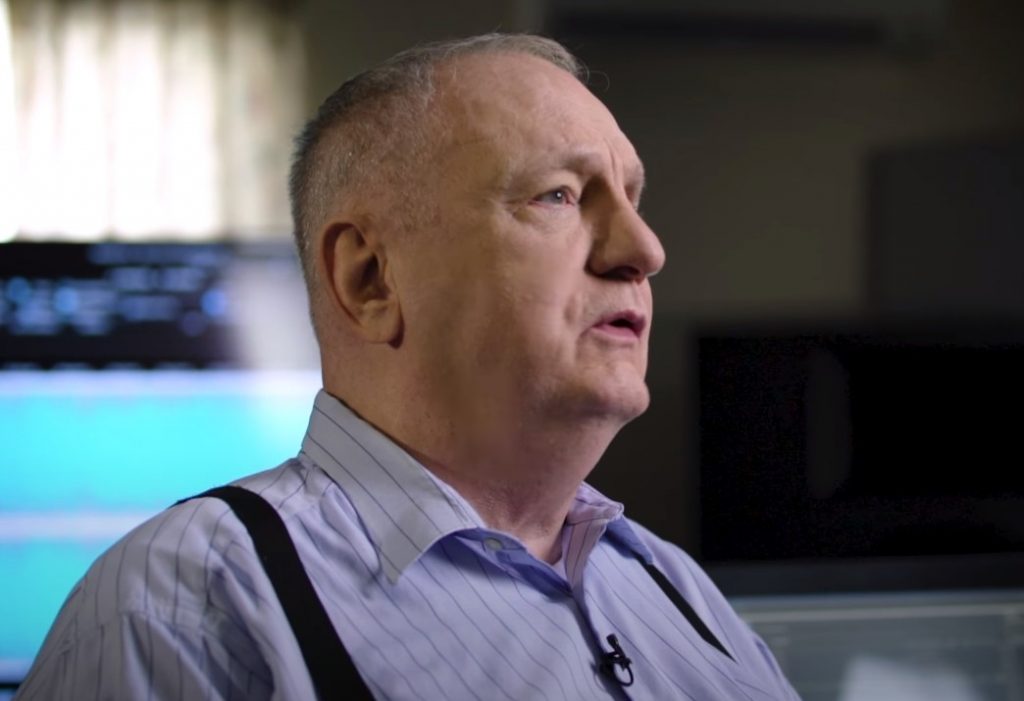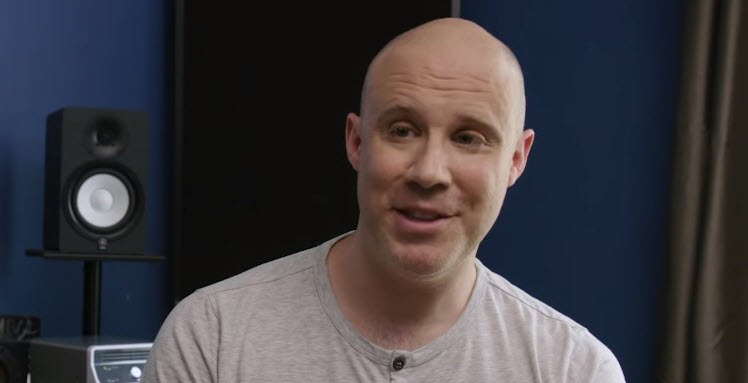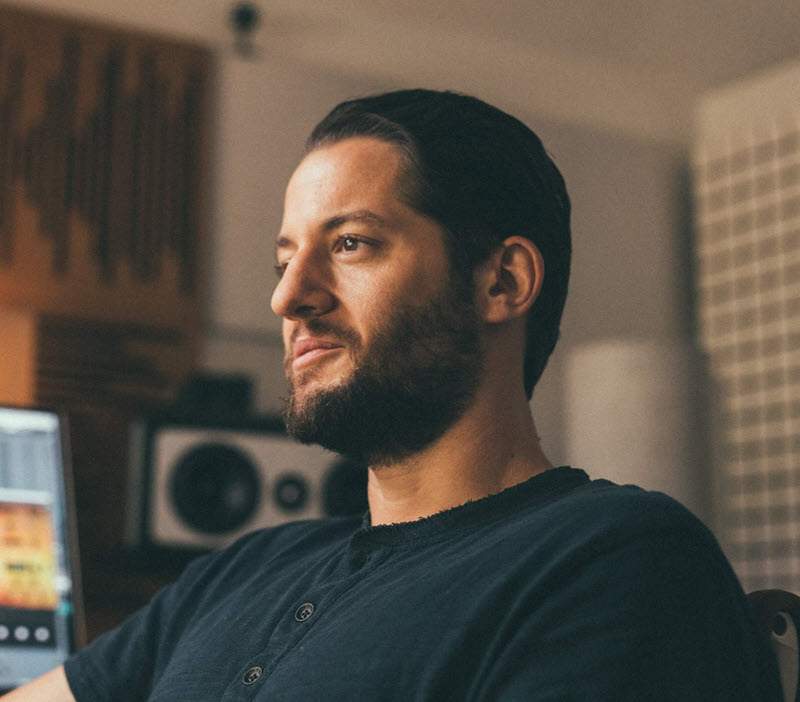Tagged Under:
Erez Eisen and Duvdev
Infected Mushroom talk about their workflow in Cubase.
Working under the name Infected Mushroom, Israeli Psytrance producers Erez Eisen and Amit “Duvdev” Duvdevani have relied on Steinberg Cubase for the last 20 years. In this video, they describe their song production workflow in great detail as they walk us through one of their latest productions called “Serious Times” — a remote collaboration with the artist Hope 6 — from initially receiving the vocals to vocal editing with VariAudio to writing melodies and harmonies.
The recent release of Cubase 11 had a particular impact on their approach to saving MIDI files, which they generally discarded after utilizing them to generate audio tracks. One reason, as Erez explains, is that older versions of Cubase did not have a Render Tracks function that included MIDI data. “With rendering, it’s so easy to save all the previous work and then disable those tracks, putting them in a separate folder. It’s nice to be able to quickly access those tracks if you need them.” They also enthuse about the way that rendering in Cubase allows them to easily create stems.
VariAudio is clearly one of their favorite parts of Cubase … and not just for fixing vocals. “We use it for making scenes too,” Duvdev reports. “It’s so easy to use, and such an interesting tool.” Erez is a particular fan of the Custom setting. “It lets you sculpt the grains and the randomness of the stretches. Cubase basically gives you all the options of time-stretching in the world.”
“Cubase is both simple and complex, if you want it to be,” he adds. “It offers infinite possibilities.”
“For me, the DAW is the creativity part,” Duvdev says. “I don’t see myself making music in any other program because I just feel at home with Cubase. It’s part of our process.”
Check out these related articles.
Click here to learn more about Steinberg Cubase.










